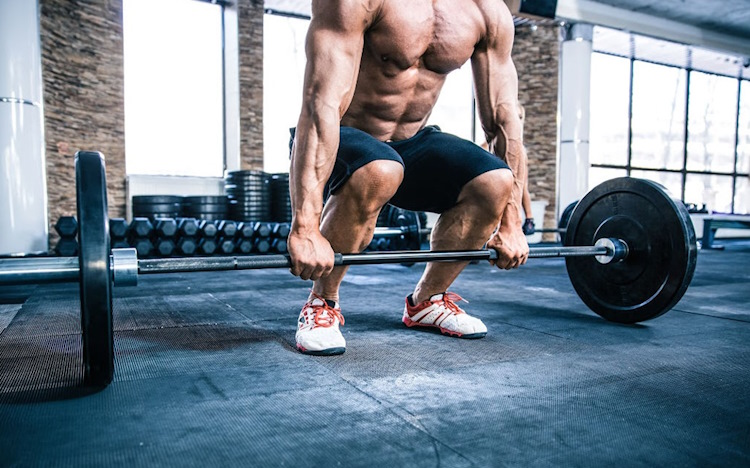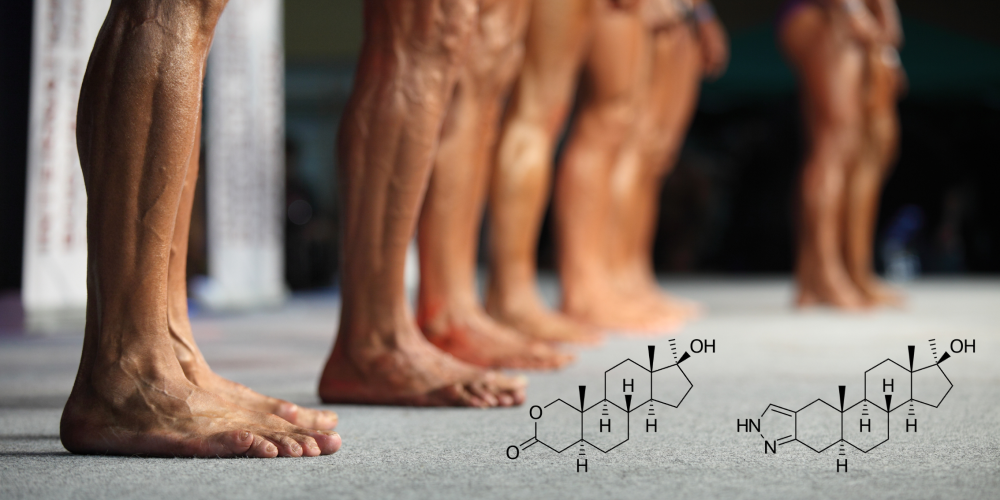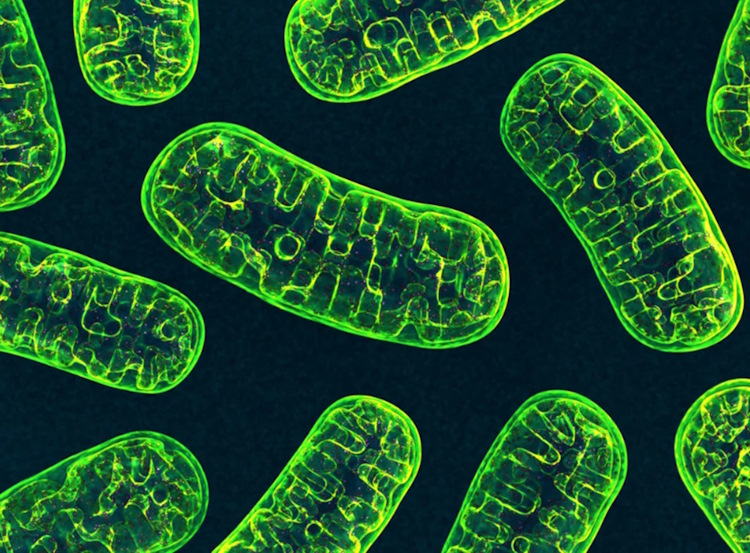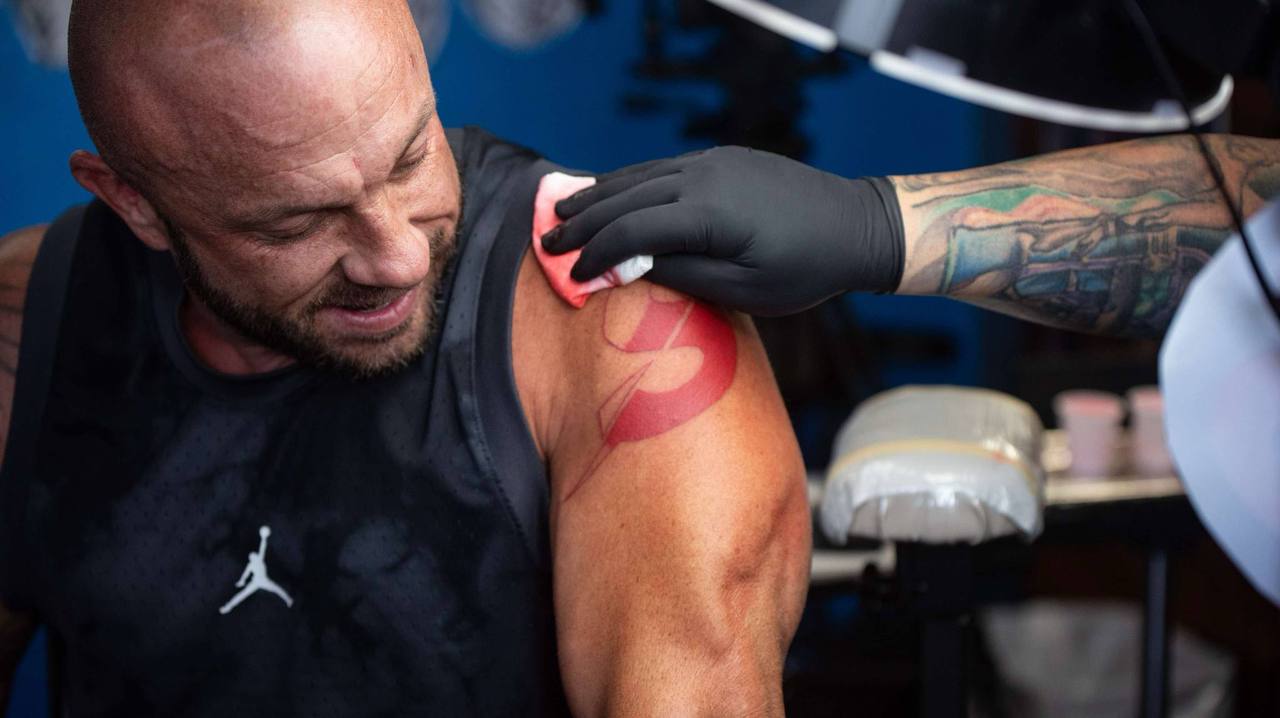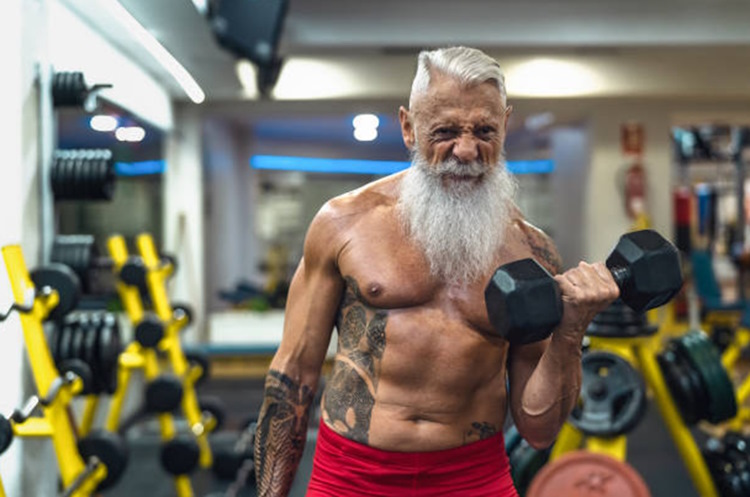Halotestin – the powerlifter’s AAS
Halotestin, also known as Fluoxymesterone, is a powerful anabolic steroid originally developed in the 1950s for medical use in treating conditions such as hypogonadism, delayed puberty, and certain types of breast cancer. Among athletes and bodybuilders, Halotestin is celebrated for its unparalleled ability to enhance strength, aggression, and performance during training or competition.
Mechanism of action
Halotestin is a synthetic derivative of testosterone, with modifications that significantly increase its androgenic and anabolic properties. It binds strongly to androgen receptors in muscle and other tissues, promoting rapid increases in strength and aggression.
What sets Halotestin apart is that it does not convert to estrogen, reducing the risk of water retention or gynecomastia, making it ideal for users seeking dry, hard gains.
Benefits of Halotestin
Unmatched strength gains
Halotestin is renowned for its ability to dramatically boost strength and power. This makes it a popular choice among powerlifters, strongman competitors, and fighters looking for an edge during peak performance phases.
Enhanced aggression and focus
Halotestin’s potent androgenic effects can significantly enhance aggression, motivation, and mental focus. This “edge” is particularly valuable during intense training sessions or competitions.
Increased muscle hardness
Halotestin promotes a dry, hard appearance by increasing muscle density and vascularity. It is often used during cutting phases or pre-contest prep to enhance the aesthetic appeal of the physique.
No estrogenic side effects
Due to its inability to convert into estrogen, Halotestin eliminates concerns about water retention, bloating, or estrogen-related side effects like gynecomastia.
Mild muscle-building effects
Halotestin is not particularly effective at build muscle, but it will still help. This may be a disadvantage for bodybuilders who are looking to bulk up, but powerlifters who are looking to get stronger without gaining any weight (so they can compete within a certain weight class) will find it incredibly helpful.
Potential side effects
Halotestin is an incredibly potent compound, and its use comes with a significant risk of side effects:
- Liver toxicity: As a 17-alpha-alkylated steroid, Halotestin is highly hepatotoxic, even at low doses. Liver protection supplements are mandatory, and cycles should be kept short.
- Androgenic effects: Halotestin’s high androgenic activity can cause side effects such as acne, hair loss, and increased body hair growth, especially in individuals predisposed to these conditions.
- Mood changes: While its aggression-enhancing properties are beneficial in training, they may lead to irritability, mood swings, or even aggressive behavior outside the gym.
- Cardiovascular strain: Halotestin can negatively impact cholesterol levels by lowering HDL (good cholesterol) and increasing LDL (bad cholesterol), increasing the risk of cardiovascular issues.
- Testosterone suppression: Halotestin suppresses natural testosterone production, necessitating a robust Post Cycle Therapy (PCT) to restore hormonal balance.
- High Blood pressure: The increased strain on the cardiovascular system may also elevate blood pressure.
Recommended dosage and cycle length
Halotestin is typically dosed at 10–40 mg per day, depending on the user’s experience level and goals:
- For strength and aggression: 20–30 mg per day is sufficient for most users to achieve significant strength gains.
- For cutting and hardness: 10–20 mg per day is often used to enhance muscle density and vascularity during a cutting phase.
Due to its hepatotoxicity, Halotestin cycles should not exceed 4–6 weeks. Additionally, liver support supplements like TUDCA or NAC are essential during use.
Halotestin (Fluoxymesterone) is one of the most powerful anabolic steroids available, known for its ability to rapidly enhance strength, aggression, and muscle hardness. However, its high toxicity and significant side effect profile mean it should only be used by experienced athletes in short cycles. Proper liver support, cardiovascular monitoring, and a structured PCT are crucial for safe and effective use.
References
-
Kochakian, C. D. (1957). “Anabolic-androgenic steroids: Historical developments and current research.” Endocrinology Review, 12(4), 499-512.
-
Wilson, J. D., et al. (1980). “The Androgenic and Anabolic Effects of Fluoxymesterone.” Journal of Clinical Endocrinology & Metabolism, 50(4), 556-560.
-
Bagatell, C. J., et al. (1994). “The Role of Androgens in Strength and Aggression.” Sports Medicine, 18(6), 438-445.



